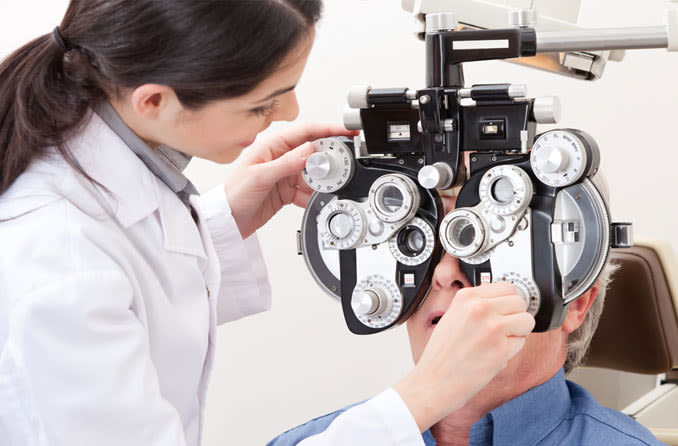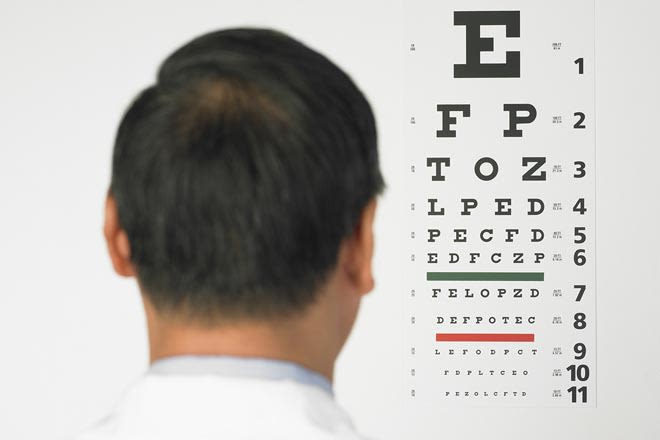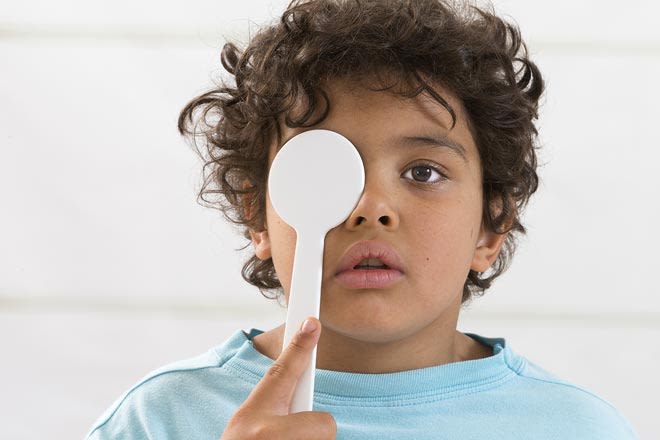What to expect during a comprehensive eye exam

Schedule an exam
FIND EYE DOCTORMany people aren't sure what to expect when they make an appointment with an eye doctor — especially if they've never had a comprehensive eye exam before or it's been many years since their last exam.
Eye doctors use a wide variety of tests and procedures to examine your eyes. These tests range from simple ones, like having you read an eye chart, to complex tests, such as using a high-powered lens to visualize the tiny structures inside of your eyes.
A comprehensive eye exam can take an hour or more, depending on the doctor and the number and complexity of tests required to fully evaluate your vision and the health of your eyes.
Here are eye and vision tests that you are likely to encounter during a comprehensive eye exam:
Visual acuity tests

A standard eye chart.
Among the first tests performed in a comprehensive eye exam are visual acuity tests that measure the sharpness of your vision.
These usually are performed using a projected eye chart to measure your distance visual acuity and a small, hand-held acuity chart to measure your near vision.
SEE RELATED: What is 20/20 vision?
Color blindness test
A screening test that checks your color vision often is performed early in a comprehensive eye exam to rule out color blindness.
In addition to detecting hereditary color vision deficiencies, color blind tests also can alert your eye doctor to possible eye health problems that may affect your color vision.
Cover test

Cover test to check eye alignment.
While there are many ways for your eye doctor to check how your eyes work together, the cover test is the simplest and most common.
During a cover test, your eye doctor will ask you to focus on a small object across the room and will then cover each of your eyes alternately while you stare at the target. The test is then repeated with you looking at a near object.
During these tests, your eye doctor will assess whether the uncovered eye must move to pick up the fixation target, which could indicate strabismus or other problem that could cause eye strain or amblyopia ("lazy eye").

